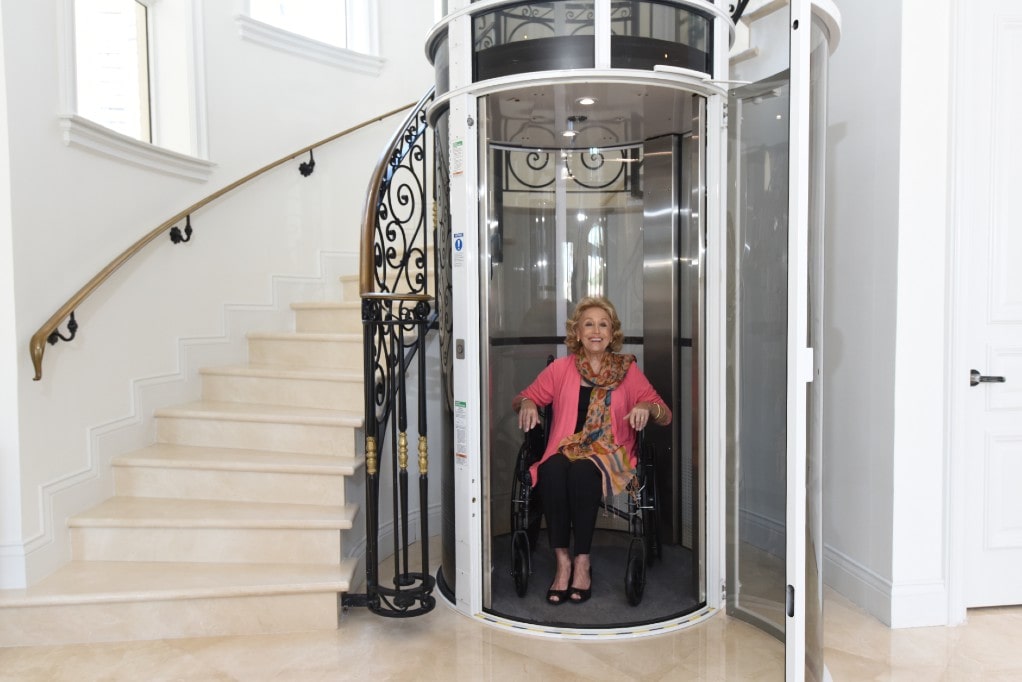Leading Lift Companies in London: Offering Top Quality Installations and Maintenance
Leading Lift Companies in London: Offering Top Quality Installations and Maintenance
Blog Article
Diving Into the World of Elevators: Usual Issues Faced by Numerous Lift Systems
As we navigate via the upright transport systems of modern structures, lifts stand out as an indispensable part of our daily lives. From hydraulic elevators to traction systems and machine-room-less layouts, each lift kind comes with its collection of typical problems.
Hydraulic Lifts
Hydraulic lifts, usually favored for low-rise structures, use fluid pressure to manage the activity of the elevator cars and truck (lift repair companies). This system involves a hydraulic pump pushing oil right into a cylinder, creating the elevator to relocate in the preferred instructions. While hydraulic elevators are known for their silent and smooth procedure, they do feature their own set of typical concerns
One widespread problem with hydraulic lifts is oil leak. The seals in the hydraulic system can wear gradually, resulting in oil infiltration. If left unaddressed, this not only produces a mess yet can also impact the elevator's performance. In addition, issues with the control system, such as malfunctioning shutoffs or a malfunctioning pump, can cause disturbances in the elevator's activity.
Regular upkeep and prompt repairs are vital to ensure the smooth performance of hydraulic elevators. By resolving these typical problems proactively, structure proprietors can minimize downtime and guarantee the safety and efficiency of their upright transportation system.
Grip Elevators
When taking into consideration vertical transport systems in structures, an additional typical type aside from hydraulic lifts is the traction elevator. Grip lifts run utilizing a system of ropes and counterweights that move the elevator vehicle by clutching onto the hoist ropes. This device permits smoother and faster vertical transport contrasted to hydraulic systems.
One of the common issues dealt with by grip elevators is rope wear. The continuous movement of the ropes within the grip system can cause damage over time, possibly triggering the lift to malfunction or end up being risky for usage. Routine assessments and upkeep of the ropes are vital to make sure the lift's appropriate functioning and security.
Another problem that traction elevators might come across is associated with the control system. Problems with the control system can bring about issues such as irregular movement, delays in response times, and even complete closures. Routine screening and maintenance of the control system are vital to avoid such issues and ensure the elevator's reliability.
Machine-Room-Less (MRL) Lifts

One of the key parts of MRL elevators is the compact gearless grip maker that is installed within the hoistway. This machine successfully drives the elevator lift companies in London vehicle without the need for cumbersome tools discovered in conventional traction lifts. Additionally, MRL lifts normally use a weight system to stabilize the automobile, further boosting their energy performance.
Despite their advantages, MRL elevators may face difficulties connected to maintenance and fixing due to the constrained room for equipment installment. Access for servicing elements within the shaft can be restricted, requiring specialized training for service technicians. Correct upkeep timetables and routine examinations are critical to guarantee the ongoing smooth operation of MRL elevators.
Overloading and Weight Restriction Issues
Are elevators furnished to take care of excess weight loads efficiently and safely? Overwhelming and weight restriction concerns are crucial worries in elevator operations. Lift makers layout raises with specific weight capacities to guarantee traveler security and devices longevity. Exceeding these weight limits can result in different problems, including mechanical failures, delays, and safety hazards.
When elevators are strained, it puts extreme strain on the electric motor, wires, and various other elements, potentially causing break lift repair near me downs or london lift company malfunctions. Safety devices such as sensing units and overload sensors remain in area to stop elevators from moving if they identify excess weight. Additionally, going beyond weight limits can bring about boosted energy intake and deterioration on the elevator system.
To minimize overwhelming concerns, developing managers need to plainly display weight restrictions in elevators and enlighten residents on the importance of sticking to these restrictions - lift repair companies. Routine maintenance checks by certified service technicians can also aid guarantee that lifts are operating within risk-free weight criteria. By attending to overloading and weight restriction problems proactively, structure owners can boost elevator security and performance
Electrical System Failings
Surpassing weight limitations in lifts can not only lead to mechanical problems however likewise potentially contribute to electrical system failures within the lift facilities. Electrical system failures are an essential concern in elevator operation, as they can create unanticipated closures, breakdowns, or also security dangers.
In addition, power rises or fluctuations in the electric supply can additionally interfere with the lift's operation, affecting its performance and safety and security. These electric disruptions can harm delicate lift elements such as control panels, circuit boards, or sensors, leading to system failings. Routine maintenance and evaluations are critical to recognize and resolve possible electrical issues promptly, making certain the efficient and secure procedure of elevator systems. By sticking to weight restrictions and conducting regular electrical system checks, building proprietors can reduce the risk of electrical failures in elevators.
Conclusion

Hydraulic lifts, commonly liked for low-rise buildings, make use of fluid pressure to regulate the activity of the elevator vehicle.When taking into consideration vertical transport systems in buildings, an additional typical type apart from hydraulic elevators is the grip lift. Grip elevators run making use of a system of ropes and weights that move the elevator automobile by grasping onto the hoist ropes. Unlike standard elevators that call for a different machine area to house the equipment, MRL lifts integrate most of the parts within the shaft, getting rid of the need for a specialized machine area.In conclusion, lifts encounter typical concerns such as hydraulic malfunctions, traction system failures, and electric system problems.
Report this page